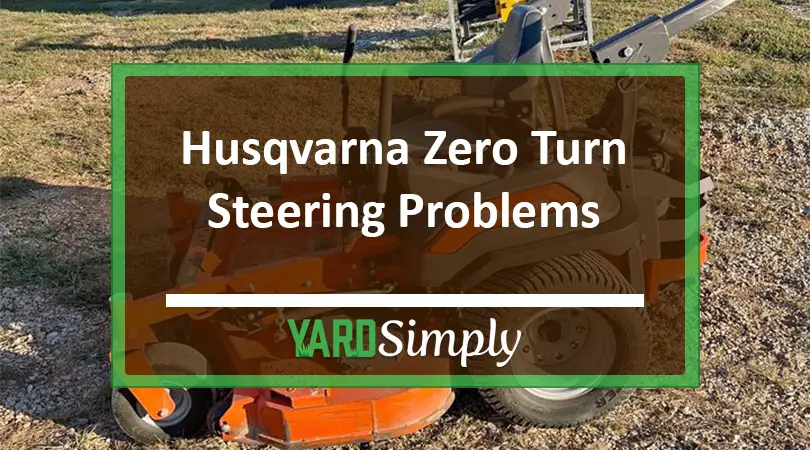A well-functioning steering system on your Husqvarna zero turn mower is crucial for a smooth, efficient, and safe mowing experience.
In this blog post, we’ll delve into common Husqvarna zero turn steering problems, adjustments, and maintenance tips to keep your mower running at its best and ensuring optimal maneuverability.
Quick Summary
- Troubleshoot common steering issues with Husqvarna zero turn mowers, including uneven lever alignment and weak/stiff arms.
- Regular maintenance of components is essential for preventing problems and extending the life of your outdoor power equipment.
- Professional assistance or warranty coverage may be required for complex issues. Locate an authorized dealer to claim defective parts under warranty.
Troubleshooting Common Husqvarna Zero Turn Steering Problems
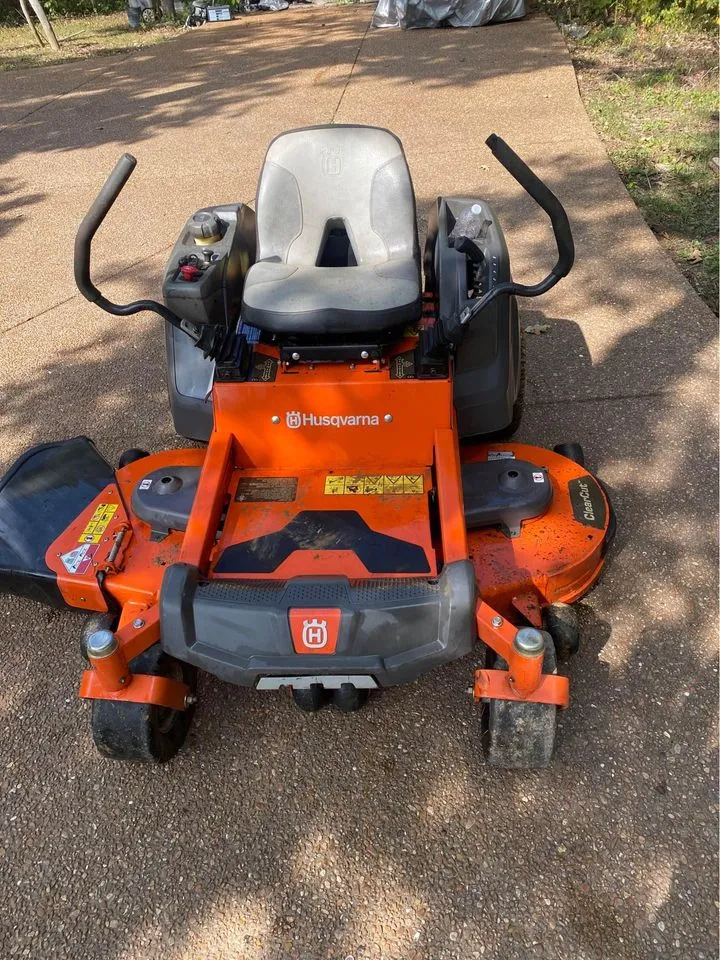
We will explore common problems such as:
- Uneven steering lever alignment
- Weak steering on one side
- Stiff steering arms
- Steering damper malfunctions
including their causes and remedies.
Uneven Steering Lever Alignment
Uneven steering lever alignment can lead to mobility issues and difficulty in turning your Husqvarna zero turn mower.
This problem may manifest itself as irregular cutting patterns or decreased control while driving the mower. Leveling the levers can rectify this issue.
Steps to resolve the issue:
- Switch Off the Mower: Before making any adjustments, confirm that the mower is completely switched off to ensure safety.
- Level Surface Placement: Position the Husqvarna zero turn mower on a flat, level surface. This ensures accuracy in adjustments and prevents any movement during the process.
- Adjust the Steering Lever:
- Alignment Check: Examine the current alignment of the steering lever. Look for any signs of unevenness or misalignment.
- Making Adjustments: Carefully adjust the steering lever to correct any alignment issues. This may involve loosening or tightening certain components to achieve the desired position.
- Testing: After adjustments, test the steering lever to ensure it moves smoothly and is properly aligned.
- Adjust Lever Width and Reach:
- Comfort Assessment: Determine the most comfortable width and reach for the steering lever based on the user’s preference.
- Modification: Adjust the lever width and reach accordingly. This might involve loosening some bolts, repositioning the lever, and then retightening to secure it in the new position.
- Final Testing:
- Operational Check: Once all adjustments are made, test the mower to confirm that the steering lever functions correctly and comfortably.
- Observation: Pay attention to the ease of steering and control during the test. Make any further adjustments if necessary.
Weak Steering on One Side
Weak steering on one side of your Husqvarna zero turn mower can result from uneven tire pressure or misaligned wheels. This issue may lead to irregular cuts and potential mower accidents, particularly when traveling at higher speeds.
To balance the tire pressure, loosen the nut before turning the bolt on the left of the wheel to spin faster. This will raise the tire pressure on the weaker side, bringing it in line with the stronger side.
- Identify the Problem Side: Determine which side of the mower is experiencing weak steering. This is typically indicated by irregular cuts or difficulty steering in one direction.
- Check and Balance Tire Pressure:
- Inspect Tire Pressure: Use a tire pressure gauge to measure the pressure in both tires.
- Identify the Weaker Side: Compare the pressure readings to identify the side with lower pressure.
- Adjust Tire Pressure:
- Loosen the nut on the wheel of the weaker side.
- Turn the bolt on the left of the wheel to increase the rotation speed, which in turn raises the tire pressure.
- Continue adjusting until the tire pressure on both sides is balanced and matches the recommended PSI for your mower model.
- Wheel Alignment:
- Inspect Wheel Alignment: Check the alignment of the wheels. Misalignment can contribute to weak steering on one side.
- Make Alignment Adjustments: If misalignment is detected, adjust the wheels to ensure they are properly aligned. This may involve loosening or tightening specific components or adjusting the angle of the wheels.
- Test the Mower:
- Operational Check: After adjusting tire pressure and aligning the wheels, test the mower to assess the steering.
- Observe Performance: Pay attention to the steering response and ensure that the mower no longer exhibits weak steering on one side.
- Final Adjustments (if necessary):
- If the issue persists, recheck the tire pressure and wheel alignment.
- Make further adjustments as needed until the steering is balanced and responsive.
Also, ensure the wheels are properly aligned, making adjustments if required.
Stiff Steering Arms
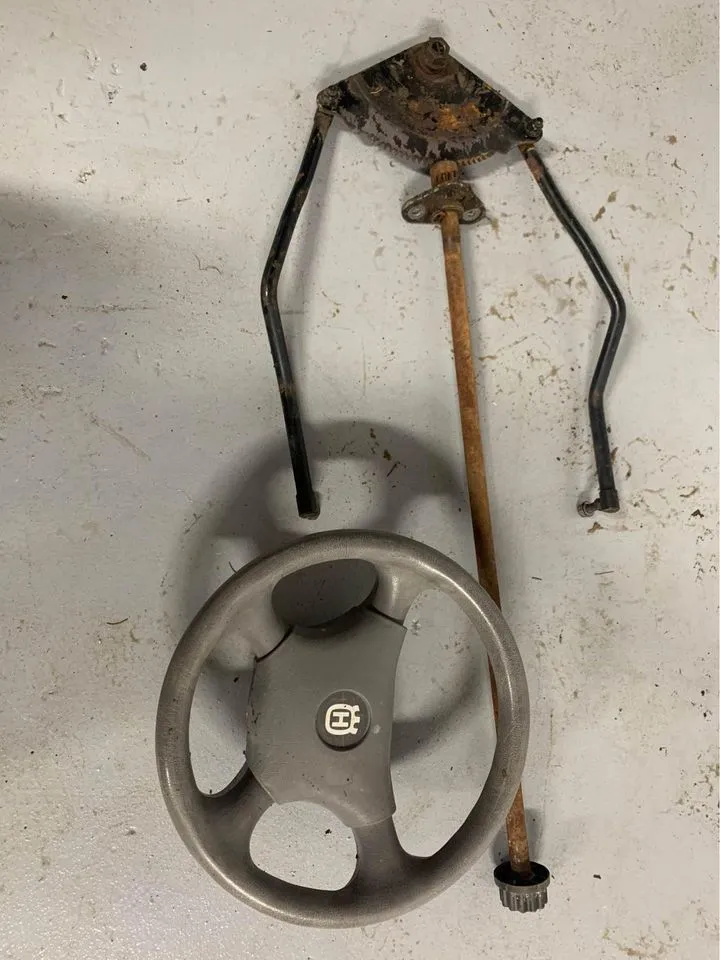
Stiff steering arms can negatively impact the steering speed and responsiveness of your Husqvarna zero turn mower. This issue can be caused by jammed levers, bent tie rods, or faulty steering dampers.
To address this problem, inspect the steering components for any signs of wear, damage, or jamming.
Frequent lubrication, cleaning, and inspection of the steering components help to avoid stiffness and maintain peak performance.
If the problem persists after inspecting and maintaining the relevant steering components, it is recommended to seek professional assistance.
Steering Damper Malfunctions
A malfunctioning steering damper can make maneuvering your Husqvarna zero turn mower difficult and frustrating. Steering dampers facilitate smooth operation of the steering levers and ensure a comfortable ride during tight maneuvers.
If the steering damper is impaired or malfunctioning, it is possible that the steering levers will not revert to neutral, and when in neutral, the mower may tend to turn.
Evaluate the steering damper for any damage, replacing it if needed. Regular maintenance and monitoring of steering system components can help prevent steering damper malfunctions.
Adjusting Steering on Husqvarna Zero Turn Mowers
Correct steering adjustments can significantly enhance your mowing experience with your Husqvarna zero turn mower.
We will delve into topics like steering lever adjustments, tire pressure balancing, and the inspection and maintenance of steering components for smooth and accurate control of your mower.
Related: How to Adjust Steering on Husqvarna Zero Turn Mower
Adjusting Steering Levers
Adjusting steering levers on your Husqvarna zero turn mower can greatly improve control and maneuverability. Here are the steps to adjust the levers:
- Move them accordingly.
- Identify the mounting hardware and loosen the associated bolts to remove it.
- Locate the spacer and loosen its bolt.
- Adjust the lever to the desired length.
- Secure the lever in place by tightening the bolts.
After making the adjustments, confirm that the steering levers on your mower are well-aligned and operating seamlessly. If the mower is able to move in reverse but not forward, it could be indicative of a need for lever adjustment.
Balancing Tire Pressure
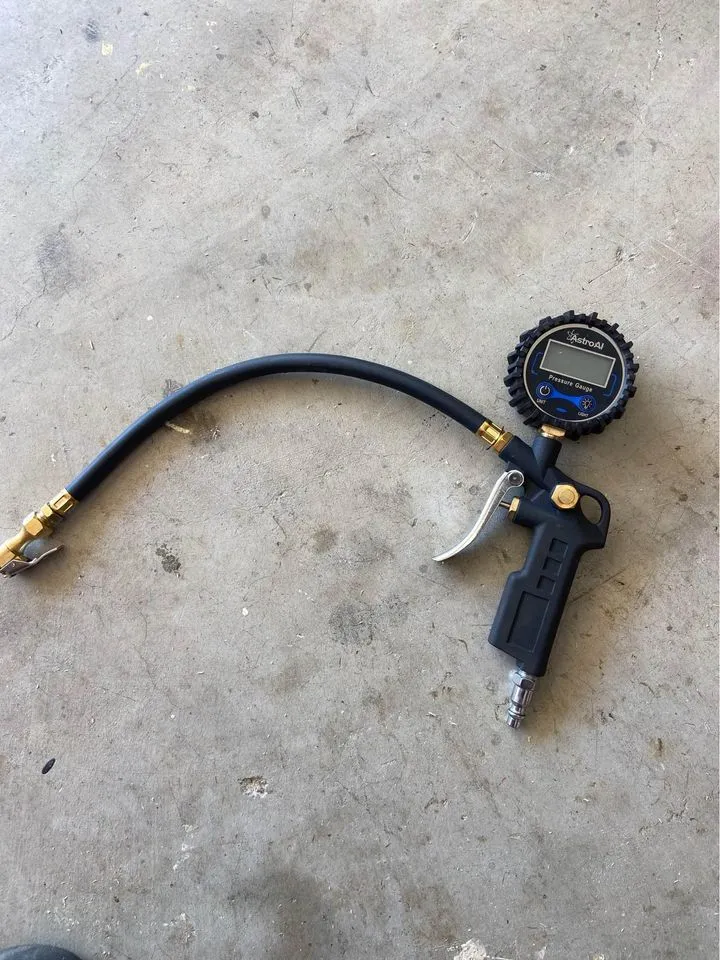
Balanced tire pressure is essential for preventing leaning and wobbly rides on your Husqvarna zero turn mower. The recommended tire pressure for a Husqvarna zero turn mower is 14 PSI for the front tires and 10 PSI for the rear tires.
For equal pressure distribution on both sides of the mower, undo the speed nut and then rotate the bolt on the left side of the wheel to spin faster.
This action will increase the tire pressure on the weaker side, aligning it with the stronger side.
Proper tire pressure arrangements will not only prevent leaning but also improve your mowing experience and the functionality of your outdoor land equipment.
Inspecting and Maintaining Steering Components
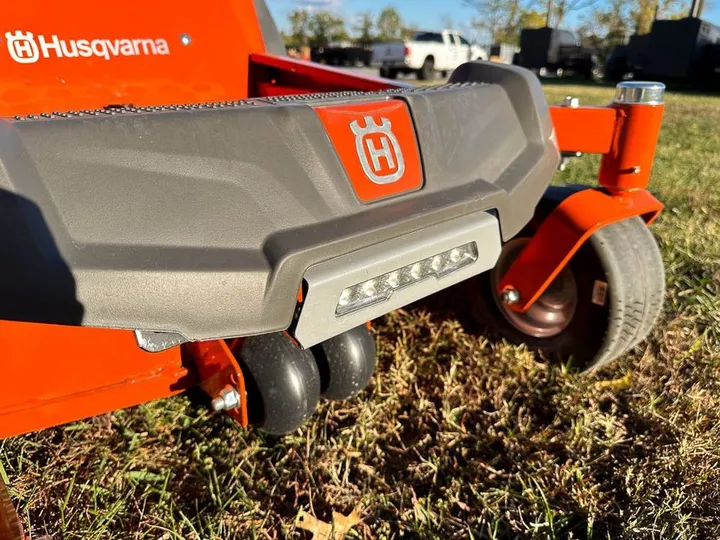
Regular inspection and maintenance of steering components are crucial for preventing jamming and ensuring smooth operation of your Husqvarna zero turn mower.
It is recommended to inspect the brake system and the positioning of the Husqvarna mower to ensure proper steering functioning.
Washers, brushing, gearing assembly, dampers, joints, pivots, and bushings should be inspected regularly for looseness, wear, and proper lubrication to ensure optimal performance.
Maintaining the cleanliness and upkeep of the entire steering components, including the steering wheel, helps avoid possible steering issues and ensures a smooth and efficient mowing process.
Tips for Preventing Steering Problems
Preventative maintenance plays a pivotal role in steering clear of steering problems and extending the lifespan of your Husqvarna zero turn mower.
We will touch upon topics like regular lubrication, cleaning and removal of debris, and the timely inspection and replacement of worn parts to maintain your mower’s steering system in prime condition.
Learn More: Husqvarna Zero Turn Mower Problems
Regular Lubrication
Regular lubrication of steering components is essential for preventing stiffness and ensuring smooth operation of your Husqvarna zero turn mower. Husqvarna Grease is the recommended lubricant for the steering components of your mower.
Frequent checks and lubrication of the mower steering arms and other steering system components, such as joints, pivots, and bushings, guarantee the best movement of your mower and avert possible steering issues.
Cleaning and Debris Removal
Removing debris and keeping your mower deck and steering components clean is important for preventing jamming and malfunctions in your Husqvarna zero turn mower.
A mild detergent or soap and water can be used to clean your mower, avoiding harsh chemicals or solvents that can cause harm.
Consistently cleaning the lawn mower deck, engine components, and the exhaust system helps your mower function correctly and stops the accumulation of debris.
By keeping your mower clean and free of debris, you can prolong the life of your outdoor power equipment and ensure smooth, efficient operation.
Periodic Inspection and Replacement of Worn Parts
Periodically inspecting and replacing worn or damaged parts is crucial for maintaining optimal steering performance in your Husqvarna zero turn mower. Signs of worn or damaged steering parts may include:
- Stiff steering arms
- Uneven steering levers
- A broken damper
- Tire pressure issues
Frequently checking the steering components for wear and tear and substituting any worn or damaged parts is advised.
By proactively addressing potential issues, you can keep your mower’s steering system in top condition and enjoy a smooth and efficient mowing experience.
Professional Assistance and Warranty Information
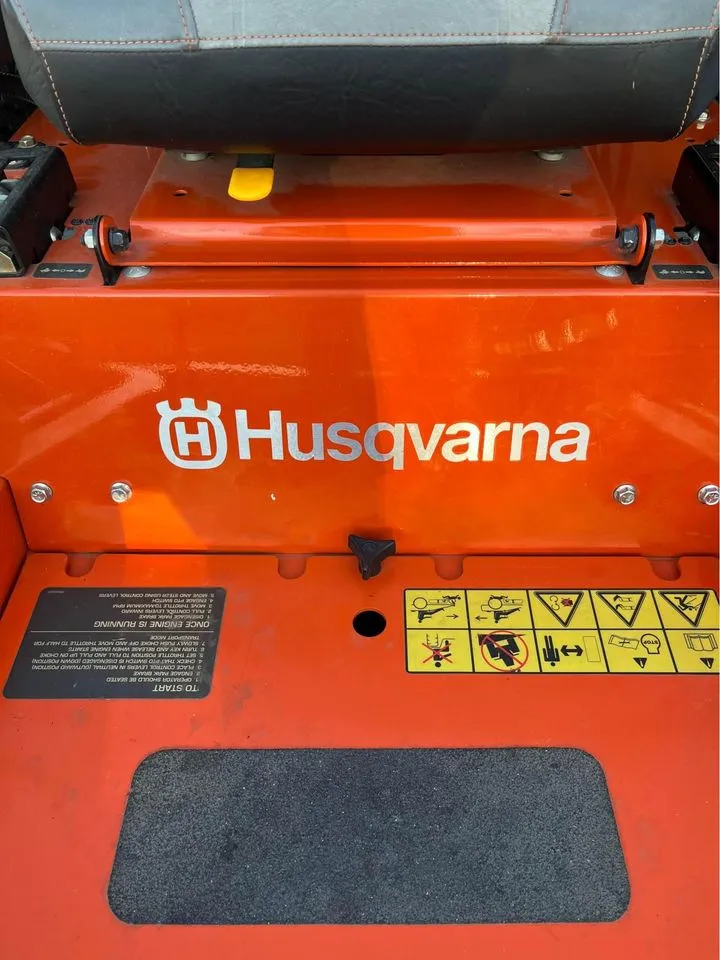
Understanding the right time to seek professional help for steering issues is vital for the safety and performance of your Husqvarna zero turn mower.
We will talk about the appropriate time to seek professional help and give details on warranty coverage and authorized dealers for your mower.
When to Consult a Professional
Complex steering issues or problems that persist after adjustments and maintenance may require professional intervention. If you notice any of the following issues, it is advised to seek professional help:
- Uneven steering levers
- Stiff steering arms
- A broken damper
- Tire pressure issues
Failing to consult a professional can lead to incorrect diagnosis, further damage to the steering system, potential safety hazards, and voiding the warranty if unauthorized repairs are attempted.
Professional help guarantees the correct diagnosis and repair of complex steering issues in your Husqvarna zero turn mower.
Warranty Coverage and Authorized Dealers
Understanding the warranty coverage for your Husqvarna zero turn mower is important for addressing manufacturing defects or faulty parts.
Husqvarna’s warranty includes coverage of steering-related issues, such as defective parts that impact the steering function of their products.
To claim warranty on defective parts or to locate an authorized Husqvarna dealer in your area, you can use the Husqvarna dealer locator tool.
Understanding the warranty coverage and finding authorized dealers helps you provide the best care for your Husqvarna zero turn mower.
Summary
In conclusion, maintaining the steering system of your Husqvarna zero turn mower is crucial for a smooth and efficient mowing experience.
By troubleshooting common steering issues, adjusting steering components, and performing regular maintenance, you can prevent potential problems and prolong the life of your mower.
If complex steering issues arise, do not hesitate to consult a professional for assistance and ensure you are familiar with warranty coverage and authorized dealers for your mower.
With proper care and attention, you can enjoy a seamless mowing experience and keep your Husqvarna zero turn mower running at its best.
Frequently Asked Questions
Why is my Husqvarna riding mower hard to steer?
Lack of lubrication and/or broken steering wires are likely the cause of your Husqvarna riding mower being hard to steer. Be sure to check and lubricate the teeth on the steering sector gear and the steering shaft as instructed in the maintenance section of your owners manual.
What are the most common problems with zero turn mowers?
Zero-turn mowers can be prone to difficulty starting, blade issues, flat tires and clogged deck areas. All of these can lead to costly repairs and disruption to regular lawn maintenance.
Why is my riding mower steering wheel too much play?
Check the tie rods, steering shaft, sector gear assembly and wheels or front axle for damage, as these components can be causing your riding mower’s steering wheel to have too much play. Replace any damaged parts to restore the lawn tractor’s steering performance.
What are some common steering issues with Husqvarna zero turn mowers?
Common steering issues with Husqvarna zero turn mowers include faulty dampers, uneven steering levers, stiff steering arms, one side not functioning, and weak side.
How can I balance the tire pressure on my Husqvarna zero-turn mower?
To balance the tire pressure, loosen the nut and turn the bolt on the left of the wheel to raise the tire pressure on the weaker side. This will bring it in line with the stronger side.

